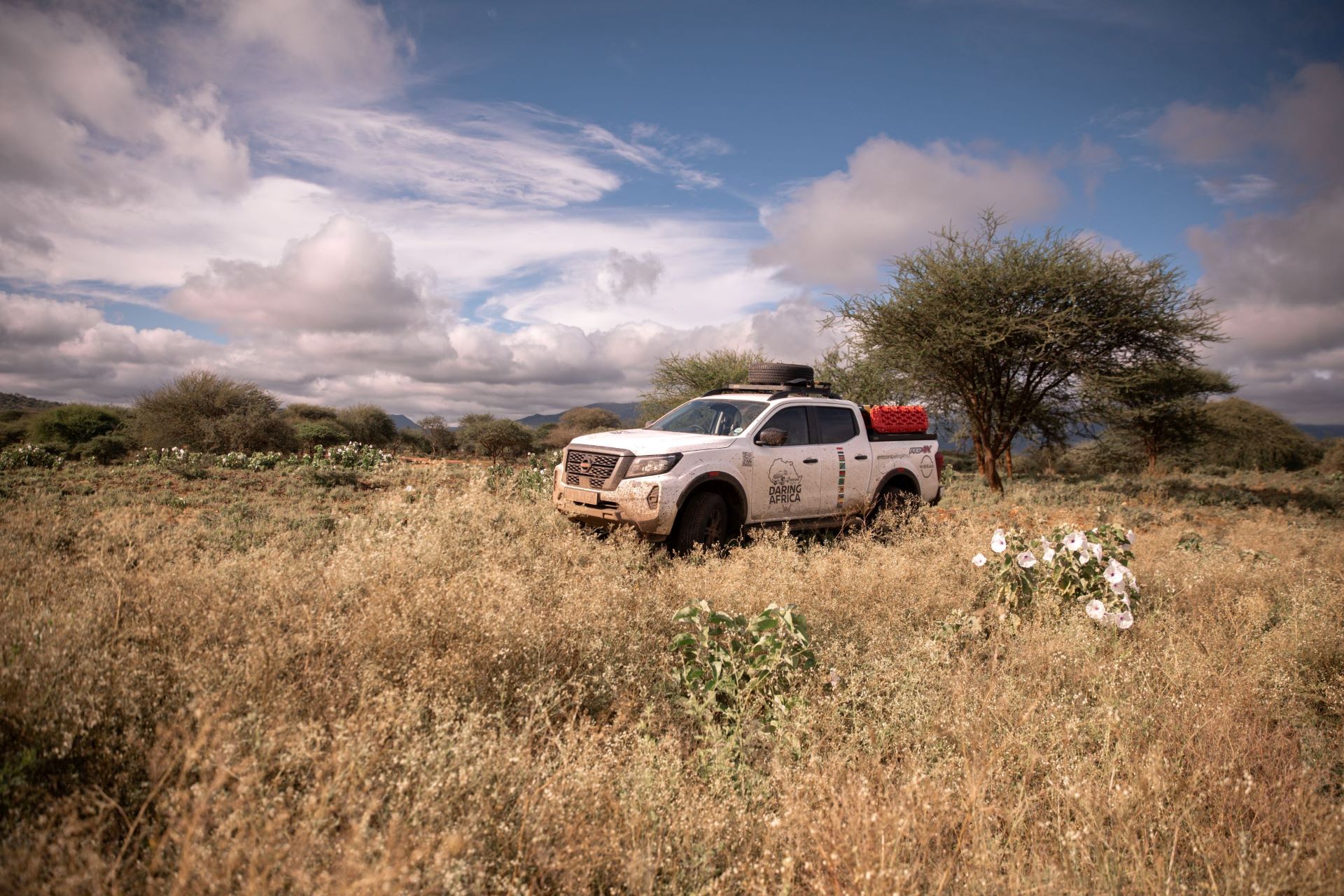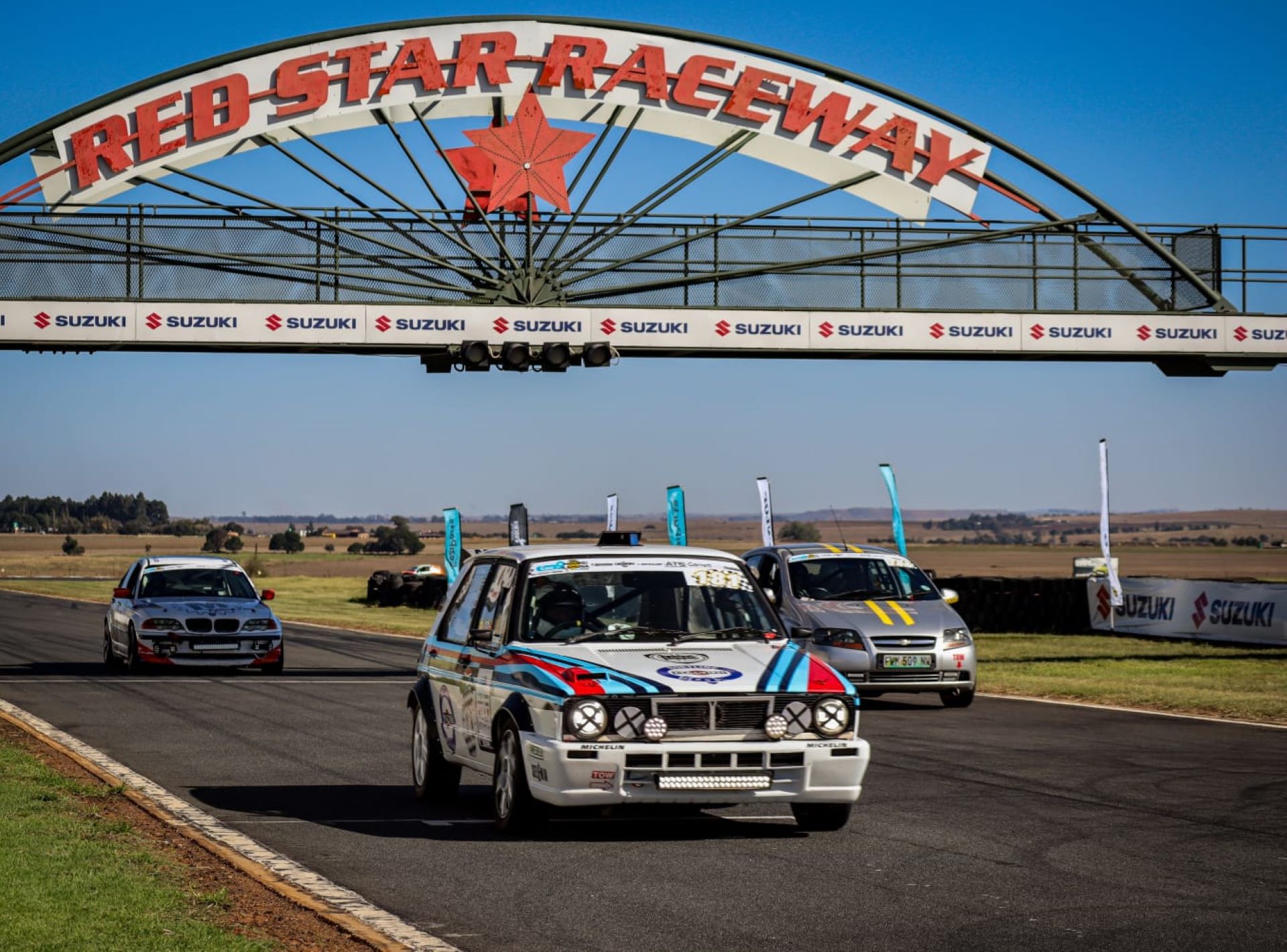Powerful New Engines Serve up More Torque and Fuel Efficiency for All-New Ford Ranger
-
Two new Ford Duratorq TDCi diesel engines – 2.2-litre and 3.2-litre – and a proven 2.5-litre Ford Duratec petrol engine lead the all-new Ranger’s push for excellent fuel efficiency
-
New six-speed transmissions on diesel models deliver increased fuel economy and driving refinement. All-new Ranger is the only pickup in its segment with a six-speed automatic transmission
-
Engineers paid special attention to gear ratios, tyres and aerodynamics to ensure the all-new Ranger takes the lead in fuel efficiency

NELSPRUIT, South Africa, 25 Oct., 2011 – The all-new Ranger has more than enough muscle and backbone to get the job done – and in a highly fuel-efficient manner that will keep both the customers and their wallet equally happy.
The all-new Ranger’s new powertrains are at the heart of its exceptional capability and have been developed to suit a spectrum of uses. Three new engines are offered:
-
2.2-litre Duratorq TDCi four-cylinder diesel engine with 2 power outputs, namely 88 kW and 285 Nm and 110kW and 375Nm
-
3.2-litre Duratorq TDCi five-cylinder diesel engine with a stump-pulling torque of 470Nm and power rated at 147kW
-
2.5-litre Ford Duratec four-cylinder petrol engine produces 226Nm of torque and outstanding power of 122kW
The powertrain family is available in either two- or four-wheel drive versions with five- and six-speed transmissions, both manual and automatic. Fitted with an 80-litre fuel tank, the all-new Ranger can achieve a range of more than 1000 km on selected models before having to stop for a fill-up. All the engines have also been calibrated to meet the most stringent emission standards.

For the first time, selected all-new Ranger diesel models will be available with either a six-speed manual or six-speed automatic transmission to provide reduced engine rpm and extend its range on long highway trips or in city traffic. Petrol models have a five-speed manual transmission.
A variety of final drive ratios, from 3.55 to 4.7, will be available depending on the drive configuration and whether the vehicle is a low- or high-ride model. This helps owners configure the all-new Ranger when it is heavily loaded, provides strong off-the-line acceleration and excellent pulling characteristics, and optimises fuel economy.
“The most basic requirement a customer wants from a pickup is torque and power,” said David Mitchell, powertrain development manager. “The all-new Ranger not only delivers all that and more but is also able to do it in a way that sips less fuel.”
Impressive Duratorq TDCi diesels
Numerous refinements have also been made to the new diesel engines, including the implementation of the latest in fuel delivery technology with a new high-pressure fuel system. The fuel system has been carefully tailored and calibrated for combustion efficiency and achieves exceptional fuel economy ratings without affecting power levels. The precise injection timing and calibration also ensures a smooth combustion process to avoid a hard diesel combustion crackle, resulting in lower noise emissions more like a petrol engine.
Leading the way is the all-new Ranger’s new 3.2-litre five-cylinder diesel engine. With a flat torque plateau – higher levels of torque over a broad rpm – the all-new Ranger is able to pull full loads on the highway easily without having to change gear. Ninety percent of its peak at 470Nm torque is available from 1500 to 2750rpm, providing better engine flexibility.
This remarkable amount of torque was put to the test in a Ford experiment where a 4×4 all-new Ranger equipped with this engine effortlessly towed a 160-tonne steam locomotive out of its shed in Australia. And the good news is that all this torque does not have to come at a high price. The fuel consumption of the 3.2-litre engine in a combined cycle is among the leaders in its class, ranging from 8.4 L/100km on a 4×2 variant to 9.2 L/100km on a full-option 4×4 model1.
The 2.2-litre four-cylinder diesel engine comes with two different power outputs and can be mated to either the five- or six-speed transmissions, giving customers greater choice.
It delivers a torque peak of 375Nm and power output of 110 kW by utilising variable geometry turbochargers that allow more accurate control of boost pressure over a wider operating range. This enables lower-end torque capability for improved launch and driveability and optimum fuel efficiency. When fitted to a 4×2 model, the 2.2-litre engine consumes as little as 7.6 L/100km in a combined cycle, making the all-new Ranger one of the most fuel-efficient pickups in the segment.
Responsive Duratec petrol
The 2.5-litre four-cylinder petrol engine has been enhanced with more power, better fuel economy and reduced emissions. Mated with a five-speed manual transmission.
The engine is 28 kilograms lighter than the previous-generation engine and its power has increased by 24 percent to 122 kW at 6000rpm. Torque also went up to 226Nm. Utilising variable intake cam geometry to provide the optimal balance of power output and fuel economy, the 2.5-litre petrol engine achieves good fuel economy, with a two-wheel drive model consuming just 9.8 L/100km in a combined cycle1.
Hydrocarbon and nitrous oxide emissions are reduced throughout the engine operating range. This is particularly important during cold starts, when emission levels often are highest.
New six-speed transmissions for the all-new Ranger
The all-new Ranger features new automatic and manual six-speed transmissions for increased responsiveness and fuel efficiency.
The automatic gearbox provides drivers various modes as well as manual control through sequential manual shifting. In Normal mode, the calibration focuses on comfort and fuel economy. For sportier driving, a quick flick of the shifter changes the transmission into Performance mode. This provides later shift points and the driver can also manually select gears through a forward (downshift) or rearward (upshift) movement.
Another innovation is the automatic transmission’s ability to recognise when the vehicle is on a gradient. Using Grade Control Logic, the transmission will automatically downshift during downhill driving to provide additional braking from the powertrain when it senses the driver is applying the brakes.
Moreover, the transmission also has the ability to adapt to the driver’s style through Driver Recognition software. By determining the current driving style, including acceleration and deceleration rates, brake and throttle applications and cornering speeds, the transmission ensures the vehicle is in the right gear at the right time without undesired gear shifts.
“The aim of the software is to match the customer’s expectation of the gearing with his or her driving style,” said Tim Postgate, transmission calibration supervisor. “A relaxed driving style will deliver significant benefits in terms of refinement and fuel economy, while enthusiastic drivers will be rewarded with sharper responses and a more defined sporty feel.”
For those who prefer greater involvement, the six-speed manual transmission provides crisp, precise shifting with its short, car-like gear shifter positioned ergonomically for the driver. All manual transmissions have an upshift indicator in the instrument panel to help coach drivers on the best gearing for fuel economy.
All-new Ranger shapes up
Using the same cutting-edge simulation technology as Formula One teams, Ford’s aerodynamicists performed more than 1000 full-vehicle aerodynamic simulations to perfect the shape of the vehicle for fuel economy. They demonstrated with the simulation that with a hard line at the fender top, wind flow was divided and resistance lowered.
Working with the designers, the aerodynamics team managed to pare the all-new Ranger’s drag coefficient down to a very competitive ratio of 0.40 by implementing the most efficient design. They optimised the A-pillars, tapered the C-pillars and added a small spoiler to the top of the tailgate.
The biggest drag reduction came from a front air dam, which limits the amount of flow that goes under the vehicle and sends more air over and around the vehicle body. This chin spoiler effectively cuts the drag by about 7% while improving vehicle stability and helping to cool the engine.
“With about 60% of the power required to cruise at highway speeds being used to overcome aerodynamic effects, minimising drag has real-world fuel economy benefits for the customer, translating directly into more dollars in their pockets,” said Dr. Neil Lewington, senior aerodynamicist.
To make the all-new Ranger more efficient than ever, the engineers insisted on tyres offering the least rolling resistance but without compromising grip, ride and handling. They also went through mind-boggling permutations of matching gears to engine to deliver optimal fuel economy while ensuring optimal performance for the pickup’s leading towing capability and payload capacity.
Engineers also put in a first-in-Ranger Battery Monitoring System that optimises the alternator charging during deceleration and monitors the state of charge of the battery. The system’s regenerative charging functionality – converting the kinetic energy of the vehicle into ‘free’ electric current that is used to recharge the battery – contributes to real-world fuel economy.
“Powerful engines are at the heart of any pickup’s capability,” said Mitchell. “We’ve equipped the all-new Ranger with a range of capable powertrains that customers will appreciate – loads of power, heaps of torque, increased fuel economy, and reduced emissions. Sometimes it is possible to get the best of all worlds!”


